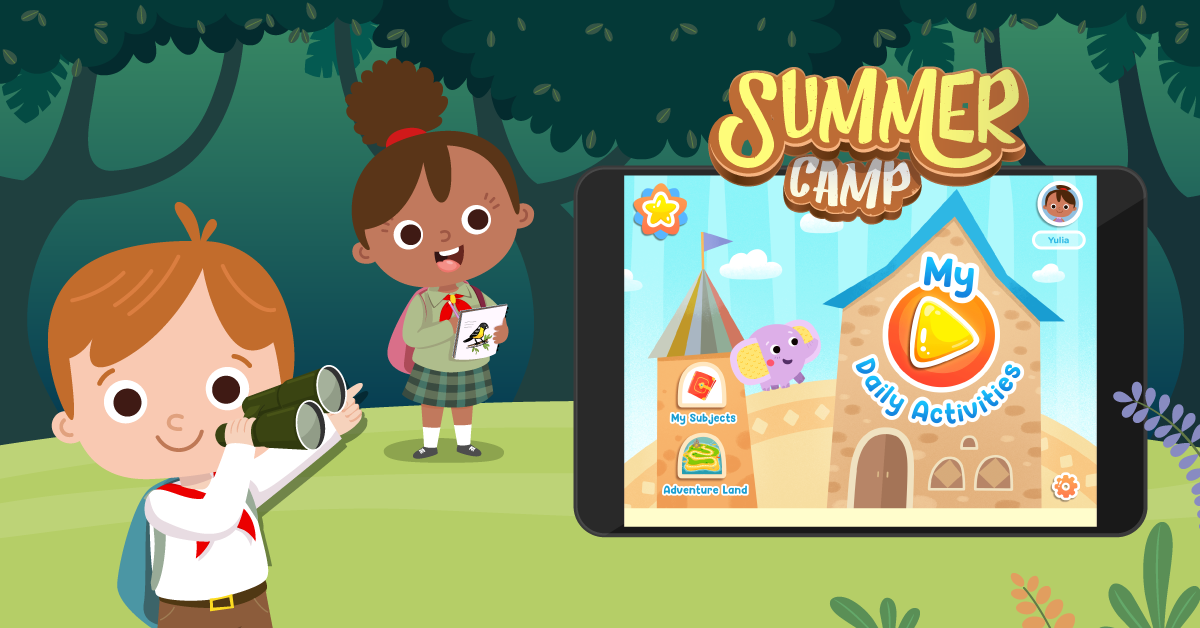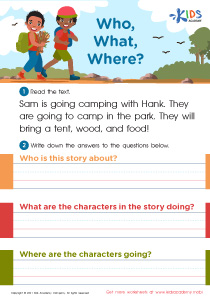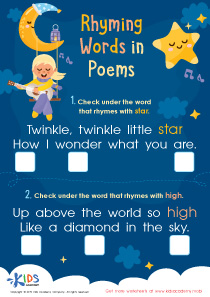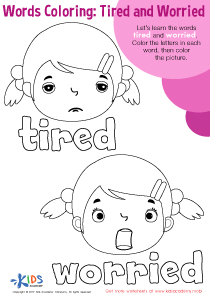Understanding directions Reading Worksheets for Ages 5-9
3 filtered results
-
From - To
Explore our engaging "Understanding Directions Reading Worksheets for Ages 5-9," designed to enhance children's comprehension and navigation skills through fun and interactive exercises. Tailored for young learners, these worksheets focus on improving the ability to follow written and verbal instructions, essential for academic success and daily activities. Our colorful, easy-to-follow formats include activities like mazes, matching, and puzzles, ensuring children stay motivated and intrigued. Perfect for both classroom and home learning, these worksheets provide a solid foundation in reading and direction-following that will benefit kids in all areas of life. Unlock their potential with our expertly crafted resources today!
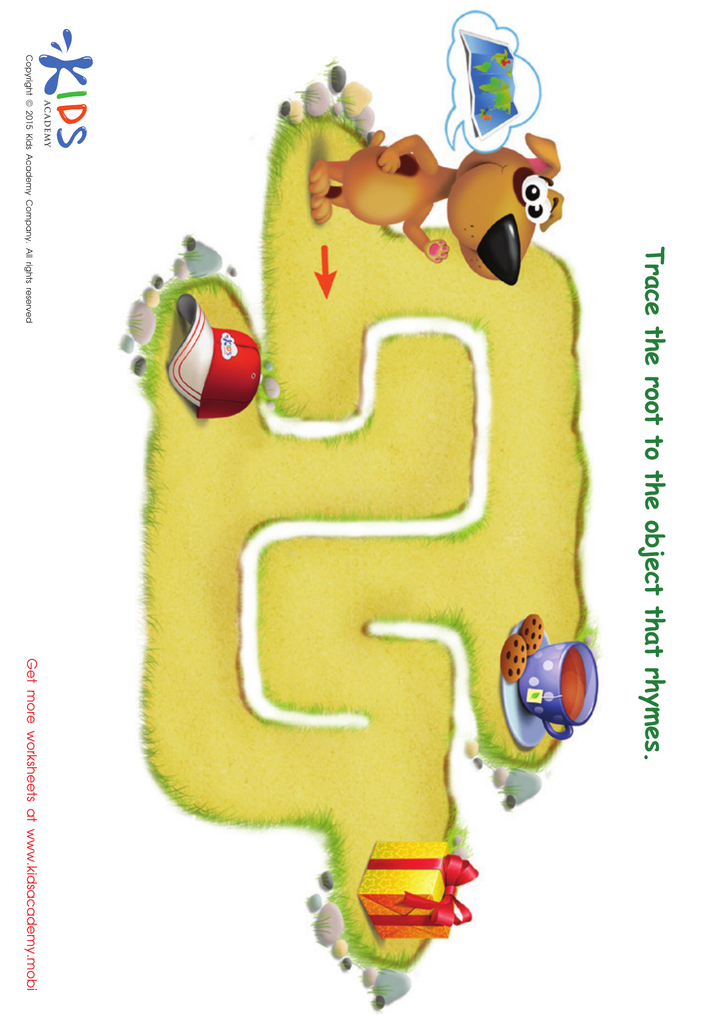

Map Rhyming Words Worksheet
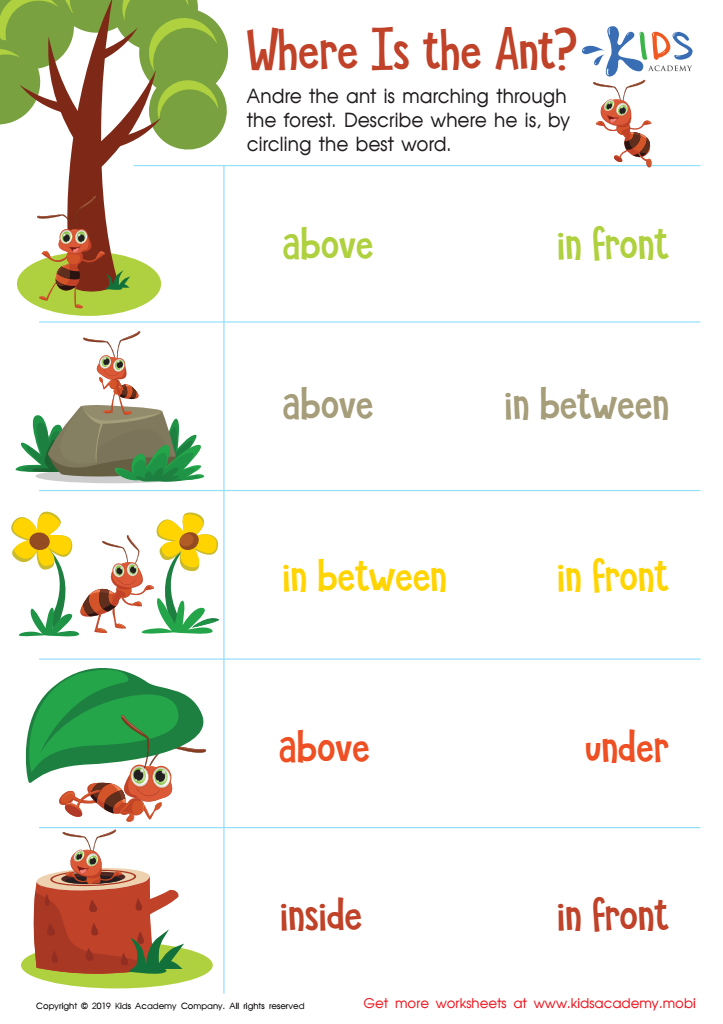

Where Is the Ant? Worksheet
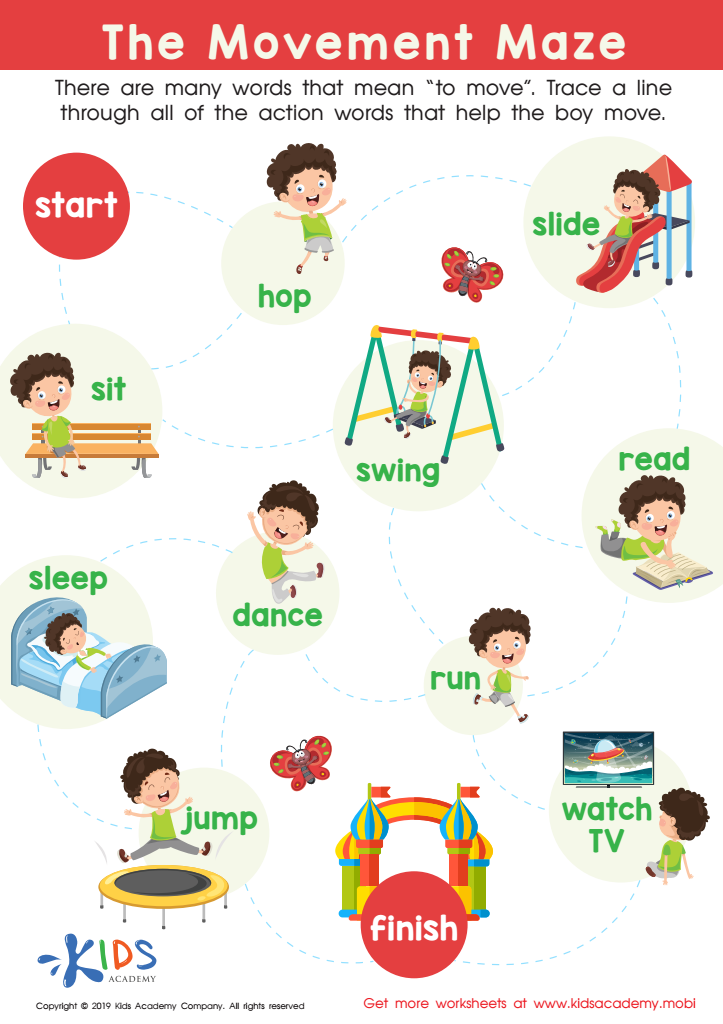

The Movement Maze Worksheet
Understanding directions is a crucial skill for children aged 5-9 and is vital for their overall development. For parents and teachers, emphasizing the importance of direction-following is essential for several reasons:
Firstly, it promotes independence. Young children learn to complete tasks on their own when they can follow directions effectively, building self-confidence. Secondly, it enhances academic performance. In school, clear understanding and following instructions directly correlate with successful task completion, be it in reading assignments, math problems, or art projects. These foundational skills contribute to greater learning gains and academic achievements.
Furthermore, understanding directions fosters better social interactions. Children who can follow verbal and written cues tend to cooperate more harmoniously with peers and adults, which is fundamental for group activities and relationships. It also ensures safety; comprehend—and adhere to—safety rules help in preventing accidents and mishandling.
For effective communication, understanding and following directions are paramount. It aids in listening and cognitive skills, crucial during a period when the brain is highly receptive to learning. Teachers and parents who prioritize teaching this skill through engaging activities, repeated practice, and positive reinforcement set children up for life-long success, both educationally and socially. Hence, making the teaching of direction-following skills a priority during these formative years is imperative.


 Assign to My Students
Assign to My Students








